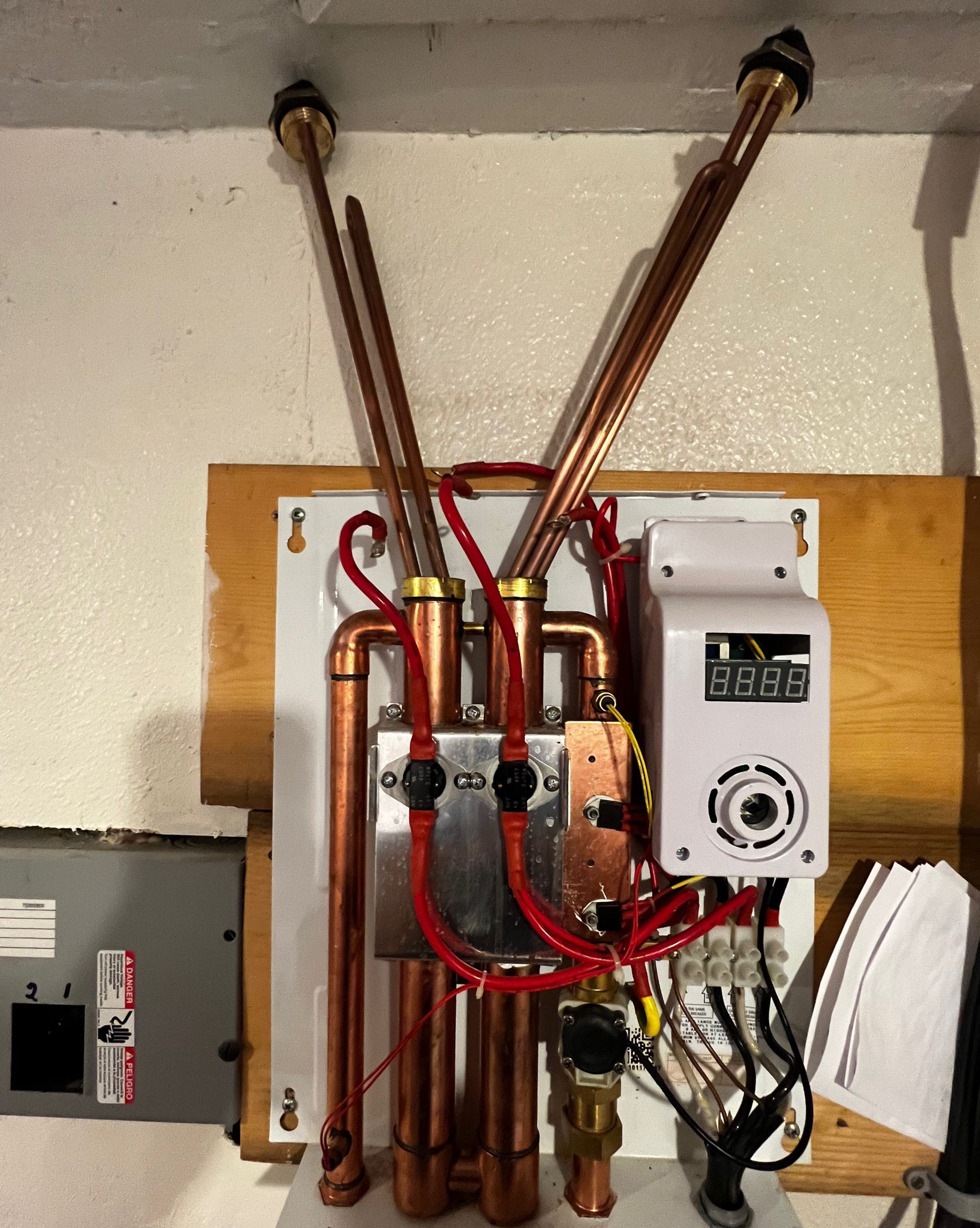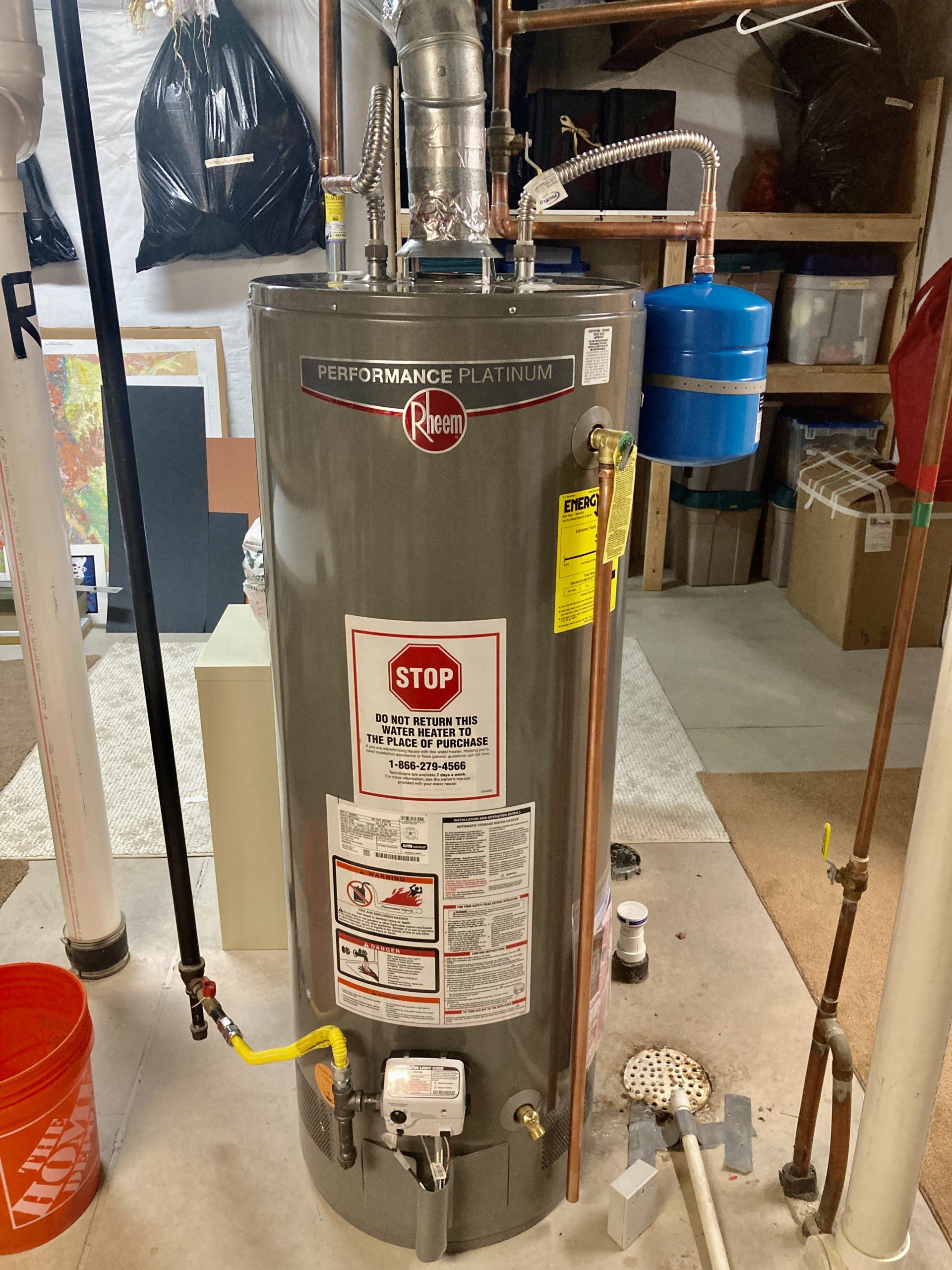Important Care Techniques for Your Home's Hot Water System
Important Care Techniques for Your Home's Hot Water System
Blog Article
What are your opinions about How to Maintain a Hot Water Heater in a Few Simple Steps?

Hot water is essential for day-to-day convenience, whether it's for a rejuvenating shower or washing meals. To ensure your hot water system runs effectively and lasts much longer, regular upkeep is essential. This write-up offers sensible ideas and insights on just how to preserve your home's hot water system to prevent disruptions and pricey repair services.
Introduction
Keeping your home's hot water system might appear complicated, but with a couple of easy actions, you can ensure it operates efficiently for many years to come. This overview covers every little thing from understanding your hot water system to do it yourself upkeep tips and recognizing when to employ expert help.
Significance of Keeping Your Hot Water System
Routine maintenance not just extends the life expectancy of your hot water system however likewise ensures it runs efficiently. Ignoring maintenance can cause lowered efficiency, higher energy costs, and even early failing of the system.
Indicators Your Hot Water System Requirements Upkeep
Recognizing when your warm water system needs focus can avoid major issues. Watch out for indicators such as inconsistent water temperature level, unusual noises from the heating unit, or rustic water.
Understanding Your Hot Water System
Prior to diving right into maintenance jobs, it's valuable to understand the basic elements of your warm water system. Normally, this consists of the hot water heater itself, pipes, anode rods, and temperature controls.
Month-to-month Upkeep Tasks
Normal regular monthly checks can assist catch minor problems before they escalate.
Flushing the Water Heater
Purging your water heater eliminates debris accumulation, improving effectiveness and prolonging its life.
Monitoring and Replacing Anode Rods
Anode rods stop deterioration inside the storage tank. Evaluating and changing them when broken is essential.
Checking and Readjusting Temperature Level Settings
Readjusting the temperature setups guarantees ideal performance and security.
DIY Tips for Upkeep
You can execute numerous upkeep jobs on your own to maintain your warm water system in leading problem.
Looking for Leakages
Regularly evaluate pipelines and links for leakages, as these can cause water damages and higher bills.
Testing Pressure Alleviation Valves
Examining the stress safety valve guarantees it works correctly and prevents excessive stress accumulation.
Protecting Pipes
Shielding hot water pipelines minimizes heat loss and can save energy.
When to Call an Expert
While DIY upkeep is beneficial, some concerns need professional proficiency.
Complex Problems Needing Professional Aid
Instances include significant leaks, electrical problems, or if your hot water heater is constantly underperforming.
Routine Specialist Upkeep Benefits
Specialist upkeep can include thorough assessments, tune-ups, and guaranteeing compliance with security criteria.
Verdict
Regular upkeep of your home's warm water system is vital for performance, durability, and expense financial savings. By following these suggestions and recognizing when to seek specialist aid, you can make sure a trusted supply of hot water without unforeseen interruptions.
How to Maintain an Instant Hot Water Heater
Before tinkering with your hot water heater, make sure that it’s not powered on. You also have to turn off the main circuit breaker and shut off the main gas line to prevent accidents. Also turn off the water valves connected to your unit to prevent water from flowing into and out of the appliance. 2. When you’re done, you have to detach the purge valves’ caps. These look like the letter “T†and are situated on either side of the water valves. Doing so will release any pressure that has accumulated inside the valves while at the same time avoid hot water from shooting out and burning your skin. 3. When the purge valves’ caps are removed, you have to connect your hosing lines to the valves. Your unit should have come with three hoses but if it didn’t, you can purchase these things from any hardware or home repair shops. You can also get them from retail stores that sell water heating systems. Read the user’s manual and follow it to complete this task properly. When the hosing lines are connected, open the purge port’s valves. 4. You should never use harsh chemical cleaners or solutions when cleaning your unit. Make use of white vinegar instead. It should be undiluted and you’ll probably use about 2 gallons. 5. Now flush your water heater. This task should probably take about 40 minutes. We can’t give you specific directions for this because the procedure is carried out depending on the type, model and brand of your heater. With that being said, refer to the user’s manual. 6. When you’re done draining the unit, you have to turn off the purge port valves again. Remove the hosing lines that you earlier installed on each of the water valves. Put the valve caps (purge port) back in their respective places and be very careful so as not to damage the rubber discs that are found inside these caps. 7. Now that everything’s back in place, check your user’s manual again to find out how to reactivate your water heating system. 8. Once it is working, turn one of your hot water faucets on just to let air pass through the heater’s water supply pipes. Leave the tap on until water flows smoothly out of it. https://www.orrplumbing.com/blog/2014/september/how-to-maintain-an-instant-hot-water-heater/

I came across that article about What Kind of Maintenance Do Water Heaters Need? while surfing around the search engines. Liked our piece of writing? Please share it. Let other people check it out. Kudos for being here. Return soon.
Book A Free Estimate Report this page